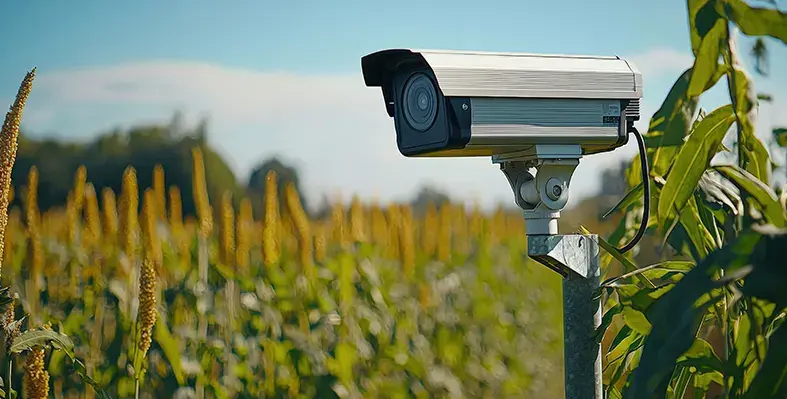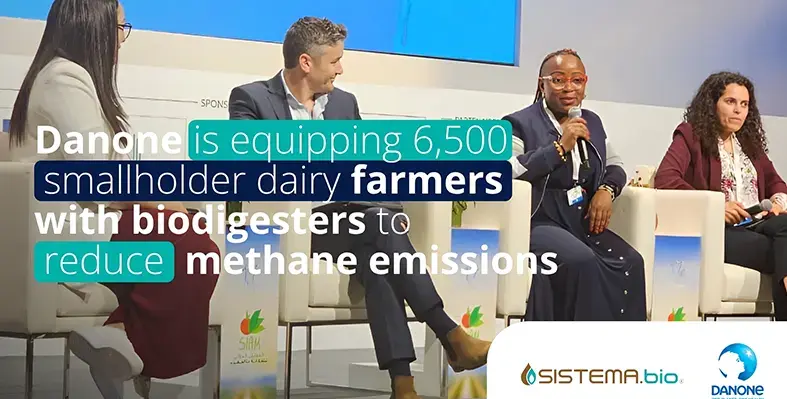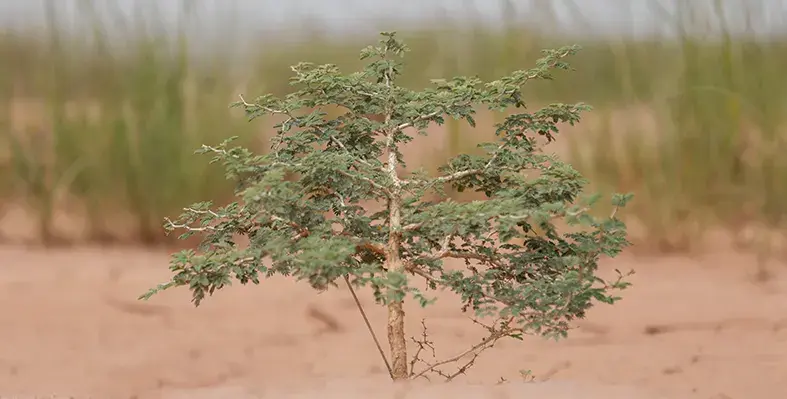Tanzania Secures US$25mn from the Pandemic Fund to Strengthen Health Security and Pandemic Preparedness.
The Ministry of Health is spearheading the project in close coordination with the President’s Office Regional Administration and Local Government, the Prime Minister’s Office, and the Ministry of Livestock and Fisheries.
The United Republic of Tanzania has been awarded a significant grant of US$25mn from the Pandemic Fund to enhance its national health security and pandemic preparedness capacities. In addition to this core funding, the initiative has successfully mobilized US$7mn in co-investment and US$6.7mn in co-financing, bringing together strong technical and financial partnerships.
The project is being implemented through the collaborative efforts of the Food and Agriculture Organization (FAO), UNICEF, and the World Health Organization (WHO), which serve as the three designated Implementing Entities. Together, they will provide coordinated support across human, animal, and environmental health systems in alignment with the One Health approach.
Tanzania, which comprises both Mainland and Zanzibar, continues to enjoy steady economic growth, driven in part by its abundant natural resources and vibrant tourism sector. However, this growth is accompanied by increased risks, particularly zoonotic and cross-border disease transmission due to high population movement and porous borders. Despite a strong commitment by the government to the International Health Regulations (IHR), the country still faces critical challenges in disease detection, specimen referral systems, laboratory capacity, biosafety, and early warning functions.
In response, the new project aligns closely with Tanzania’s National Action Plan for Health Security. It aims to reduce the impact of future epidemics and pandemics by addressing system-level gaps while ensuring that the needs of vulnerable and marginalized populations, including the elderly and persons with disabilities, are fully integrated into planning and implementation.
The Ministry of Health is spearheading the project in close coordination with the President’s Office Regional Administration and Local Government, the Prime Minister’s Office, and the Ministry of Livestock and Fisheries. Implementation will also involve a broad coalition of national and international partners.
Each implementing entity contributes distinct technical strengths. FAO supports animal health planning and implementation, UNICEF leads on risk communication and community engagement, and WHO supports the strengthening of human health systems and emergency readiness. By 2027, Tanzania aims to have an integrated, functional disease surveillance and response system capable of effectively monitoring, confirming, and responding to epidemic and pandemic threats. With this investment, the country is not only reinforcing its ability to protect the health of its citizens but also contributing meaningfully to regional and global health security.









